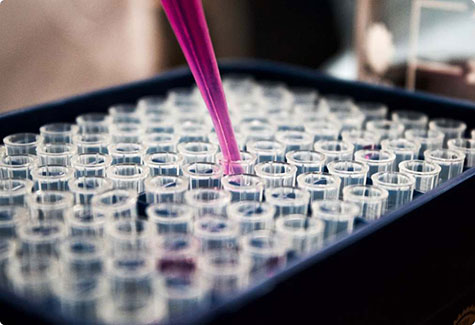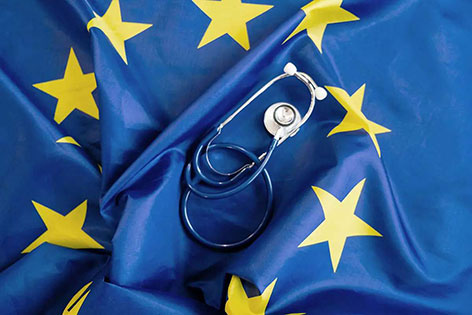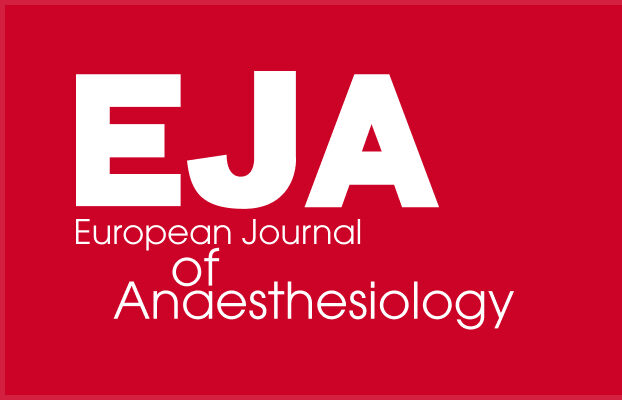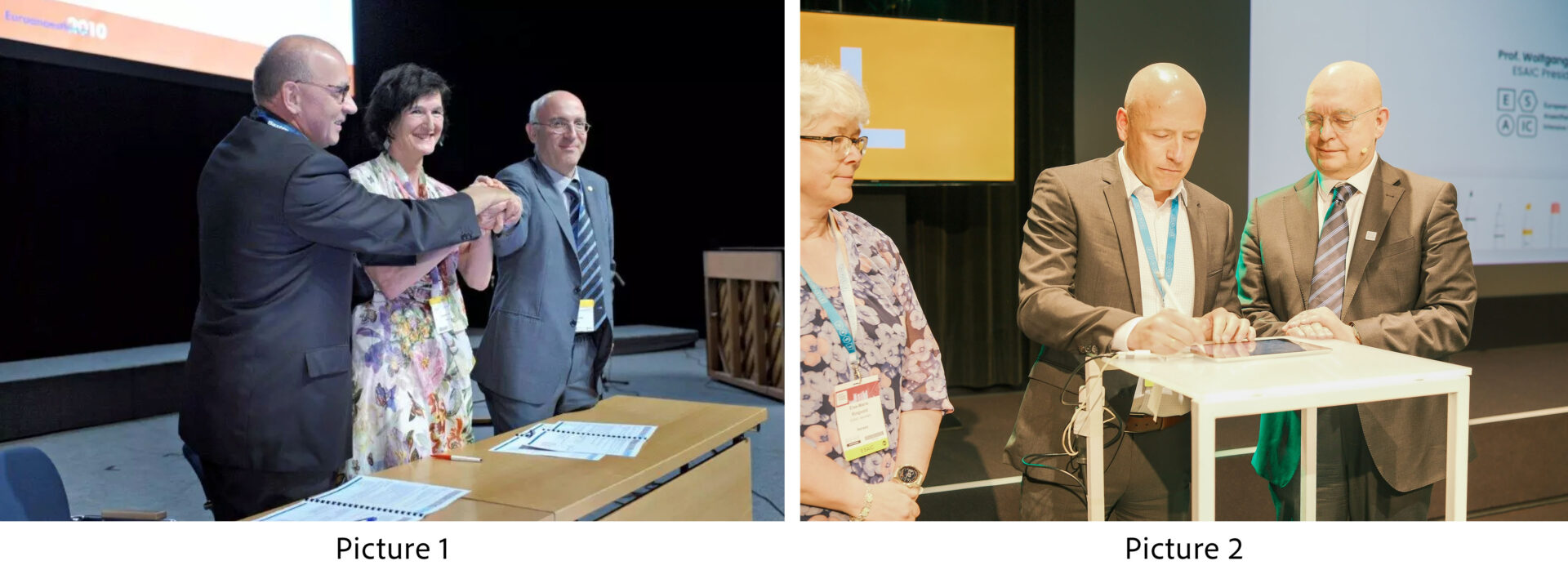The Helsinki Declaration on Patient Safety in Anaesthesiology
The Helsinki Declaration on Patient Safety in Anaesthesiology emphasises the role of anaesthesiology and Intensive Care in promoting safe perioperative care for everyone.

About the declaration
- Why
- Development of the Helsinki Declaration
- Principles and aims of the Helsinki Declaration
- Signing of the Helsinki Declaration
Since 2010, The Helsinki Declaration has been successfully implemented, not only in Europe but across the world. It has impacted the culture of healthcare, and in particularly anaesthesiology, and continues to act as core guidance on the subject of Patient Safety.
In 2020, the Patient Safety and Quality Committee collected a series of topics and gave an update in the review “Ten years of the Helsinki Declaration on patient safety in anaesthesiology: An expert opinion on peri-operative safety aspects” published in the European Journal of Anaesthesiology (Preckel et al., Eur J Anaesthesiol. 2020 Jul;37(7):521-610.
With the update published in the Helsinki Declaration on Patient Safety in Anaesthesiology 2.0 we align current topics on patient and health care workers safety to current knowledge
To monitor the scale of its implementation, the ESAIC completed a research project, The Helsinki Declaration Follow Up Project, demonstrating the breadth of its uptake and its impact on healthcare and made further recommendations for improving implementation in the future. This project was enabled through support from our industry partners Phillips, Masimo, Nihon Kohden, and Fresenius Kabi. You can read the Executive Summary here.
In 2022, the Peer Review in Patient Safety for Anaesthesiology and Intensive Care (PRiPSAIC) project was born. This implementation project originally formed a popular part of the HD-FU project. It is designed to create networks of anaesthesiologists and critical care physicians and give them the tools and support they need to examine their own practice and those of their peers and provide intelligence to design solutions for the future.
Starting in June 2009, in response to a growing public and professional interest in Patient Safety the European Board of Anaesthesiology (EBA) of the European Union of Medical Specialists (UEMS) decided to produce a Declaration to include an agreement of what Anaesthesiology thought was needed to be done and provide some practical steps of how improvements in Patient Safety might be achieved and delivered for patients. The first draft was discussed at the EBA meeting in London in November 2009 with EBA representatives from all over Europe representing national societies and the ESAIC, known at that time as European Society of Anaesthesiology (ESA). Following that and consultation with the ESAIC (former ESA) Board of Directors it was finalized and officially launched at the Euroanaesthesia Congress in Helsinki in June 2010. In 2024, representatives from EBA and ESAIC again worked together to get to an update of the Helsinki Declaration, and this version (Helsinki Declaration 2.0) was signed during the opening ceremony of the Euroanaesthesia 2025 Congress in Lisbon, Portugal.
The Declaration builds on earlier statements about safety and quality of care. It represents a shared European opinion of what currently is both worth doing and practical to improve patient safety in anaesthesiology. Anaesthesiology shares responsibility for quality and safety in Anaesthesia, Intensive Care, Critical Emergency Medicine and Pain Medicine, including the whole perioperative process, and also in many other situations inside and outside the hospital where patients are at their most vulnerable. Anaesthesiology is the lead mediacla specialty with responsibility for achieving the goals listed in the HEADS OF AGREEMENT and in the PRINCIPAL REQUIREMENTS of the Helsinki Declaration on Patient Safety in Anaesthesiology 2.0.
The Declaration recommends practical steps that all anaesthesiologists who are not already using them should include in their own practice. These are relatively straightforward and where they are currently being used have a track record of improving patient safety. The Declaration was endorsed by EBA and ESAIC.
Signing of the Helsinki Declaration 1.0 during the opening ceremony of the Euroanaesthesia congress in Helsinki, Finland, on Saturday, 12 June 2010. From left to right, Hugo Van Aken (NASC president), Jannicke Mellin-Olsen (EBA president), Paolo Pelosi (ESAIC president).
Signing of the Helsinki Declaration 2.0 during the opening ceremony of the Euroanaesthesia congress in Lisbon, Portugal, on Sunday, 25 May 2025. From left to right, Dr Else-Marie Ringvold (Secretary of the Board at ESAIC), Prof. Olegs Sabelnikovs (EBA President), and Prof. Wolfgang Buhre (ESAIC President).








